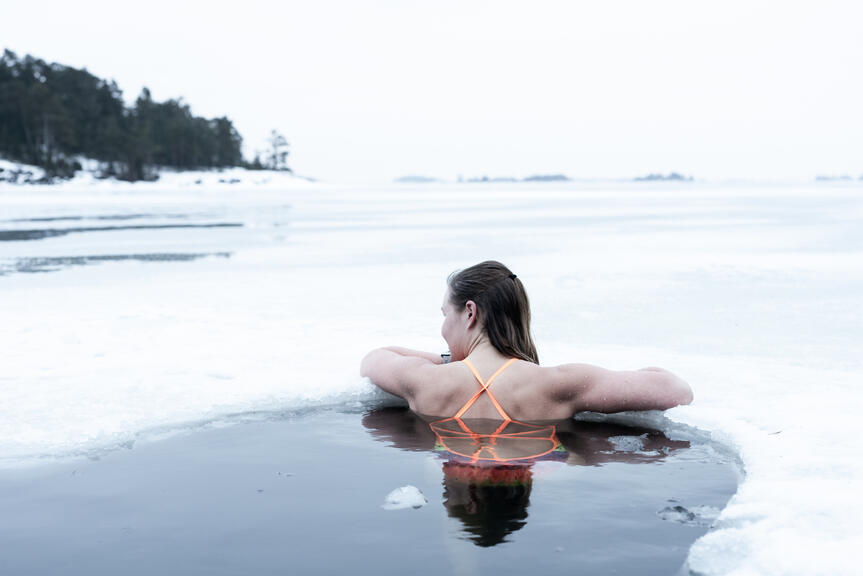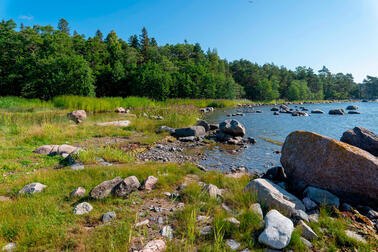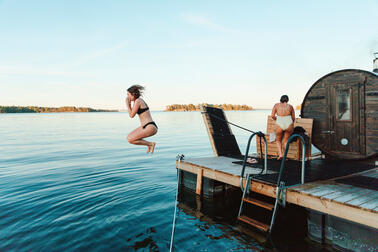
The Baltic Sea is one of the busiest sea areas on our planet. About 90 million people live within its drainage basin, and the working pressure on the sea is immense. It also happens to be one of the most polluted seas in the world. National and international conservation work has been carried out for decades, but substantial pollution from past decades is still evident. The Baltic Sea is especially threatened by nutrient pollution from human activities, climate change, harmful substances and global biodiversity loss.
It is clear that long-term conservation work must continue. Turku and Helsinki are leading the way by, among other things, investing in effective wastewater treatment measures that have significantly reduced waterway phosphorus levels, a top cause of eutrophication. Both cities also prioritise their responsibility for the protection of their waterways in their city strategy.
“The sea, the maritime environment and our proximity to the sea are important to both residents and tourists. Being close to the sea makes our cities nice places to live and creates opportunities for the event and tourism sector. Our use of the sea must nevertheless be carried out in a sustainable manner. The City of Turku is nestled in a vast archipelago, and therefore has a special responsibility and means to preserve this unique natural environment ,” said Minna Arve, Mayor of Turku.
"Cities can actually do quite a lot to protect the Baltic Sea. For example, city planning can influence land use and construction projects. We can also affect the wellbeing of our nature and forest areas and thus support biodiversity. We can also encourage the formation of residents’ Baltic Sea identity and emphasise the importance of a healthy sea for all of us,” said Mayor of Helsinki Juhana Vartiainen.
New plan result of widespread collaboration
Helsinki and Turku founded the Baltic Sea Challenge in 2007. The cities committed themselves to pursuing concrete protection measures that exceeded the minimum requirements of Finnish legislation as well as challenging other actors to join the network. In the previous policy period, the cities of Helsinki and Turku succeeded in implementing the appointed measures successfully, improving the overall health of the Baltic Sea. Many of the activities that were found to be functional and effective have remained a permanent part of normal municipal operations.
The new Joint Baltic Sea Action Plan of the Cities of Helsinki and Turku is the fourth of its kind. The latest iteration was launched at the annual Baltic Sea Challenge seminar, held at Helsinki City Hall on Thursday, 25 January 2024. The new Action Plan has been co-created as the result of widespread collaboration from an even wider network of participants . Residents of both cities, municipal employees from different administrative divisions, and representatives from organisations, learning institutions and research institutes were invited.
“We wanted to get as many people as possible onboard, so they can commit to the protection of the Baltic Sea. Conservation work is not just an ecological issue; it has a far-reaching effect on our economy, culture and individual wellbeing. That’s why it's really important that the measures are implemented by a large number of people and in more diverse ways than before,” said Esa Nikunen, Director General of the City of Helsinki’s Environment Services.
Preserving biodiversity an important goal
The Baltic Sea Challenge’s new Action Plan for 2024–2028 consists of 27 measures that support six main objectives designed to improve the health of the Baltic Sea. These six objectives are curbing eutrophication, reducing harmful substances, increasing biodiversity, promoting sustainable use of the seas, preventing litter, and increasing cooperation and inclusion.
“We would like to take this opportunity to not only encourage new actors in the field to join in our collaboration, but also challenge our current partners to update their own action plans. We currently have 330 operators who are members of the Baltic Sea Challenge, only two-thirds of which originate from Finland. When it comes to influencing the condition of the Baltic Sea, an international network such as this has a much wider reach than two cities would have had,” said the City of Turku’s Environmental Protection Manager Olli-Pekka Mäki.


